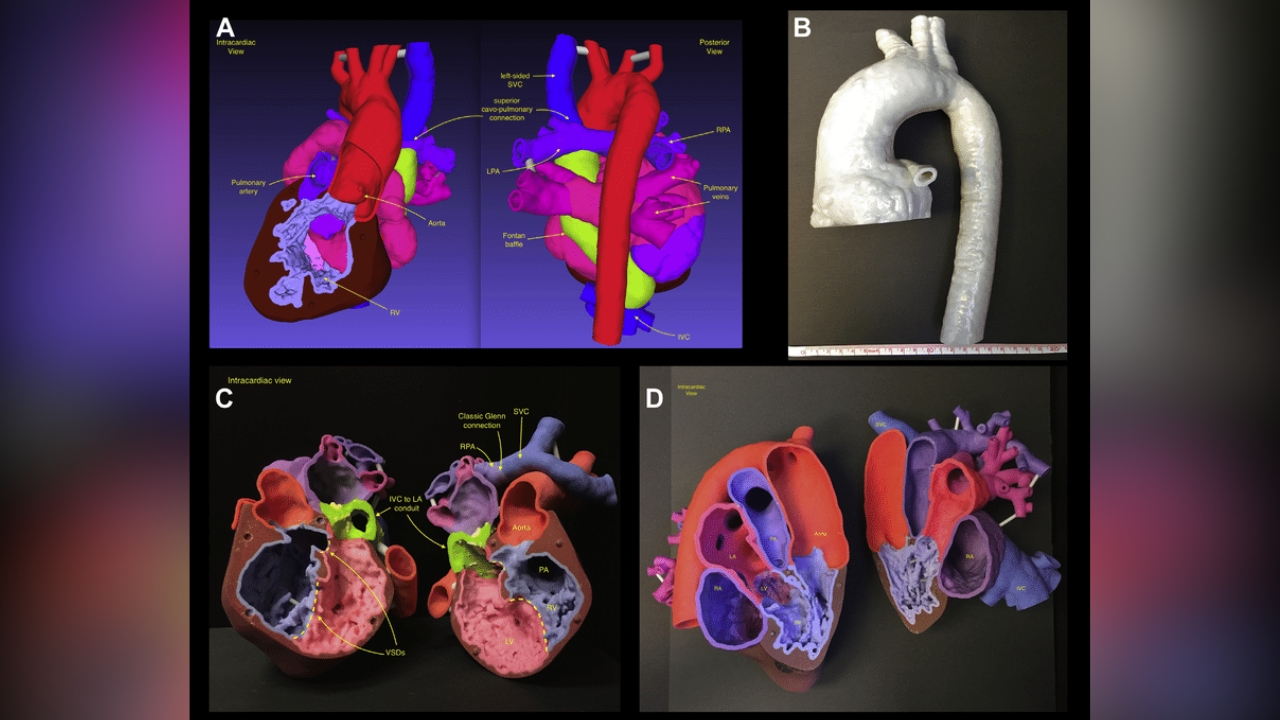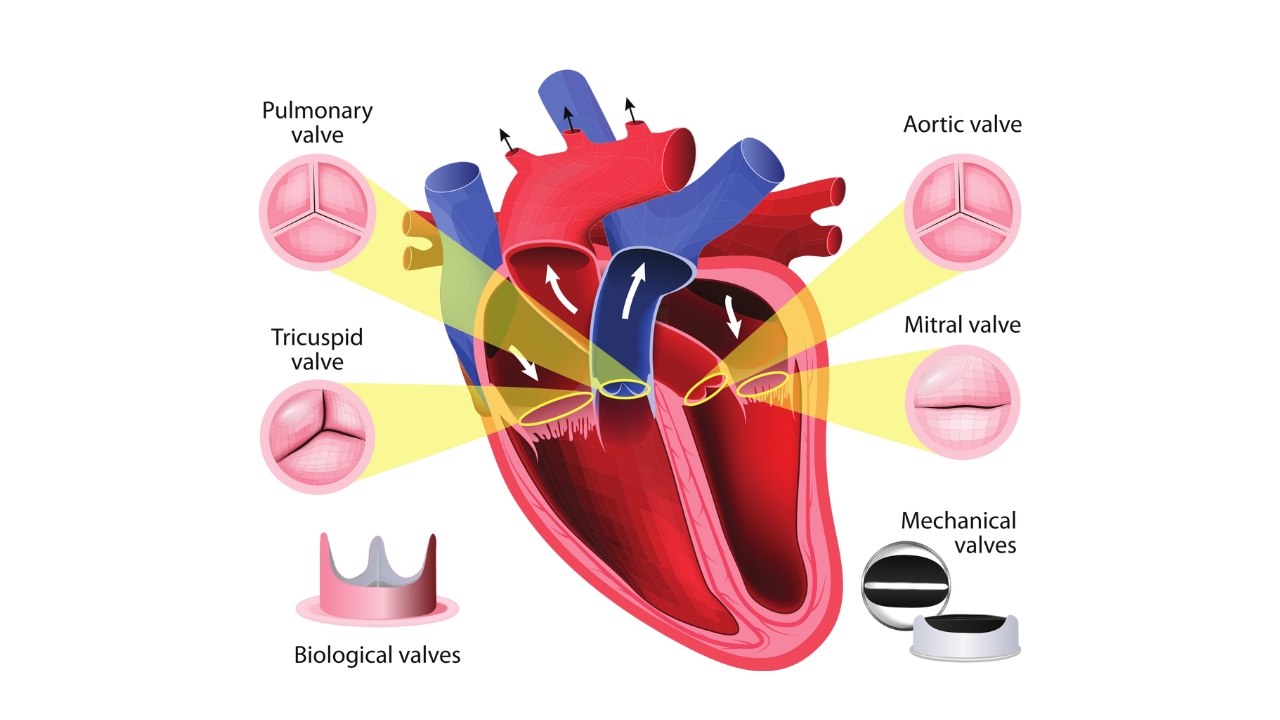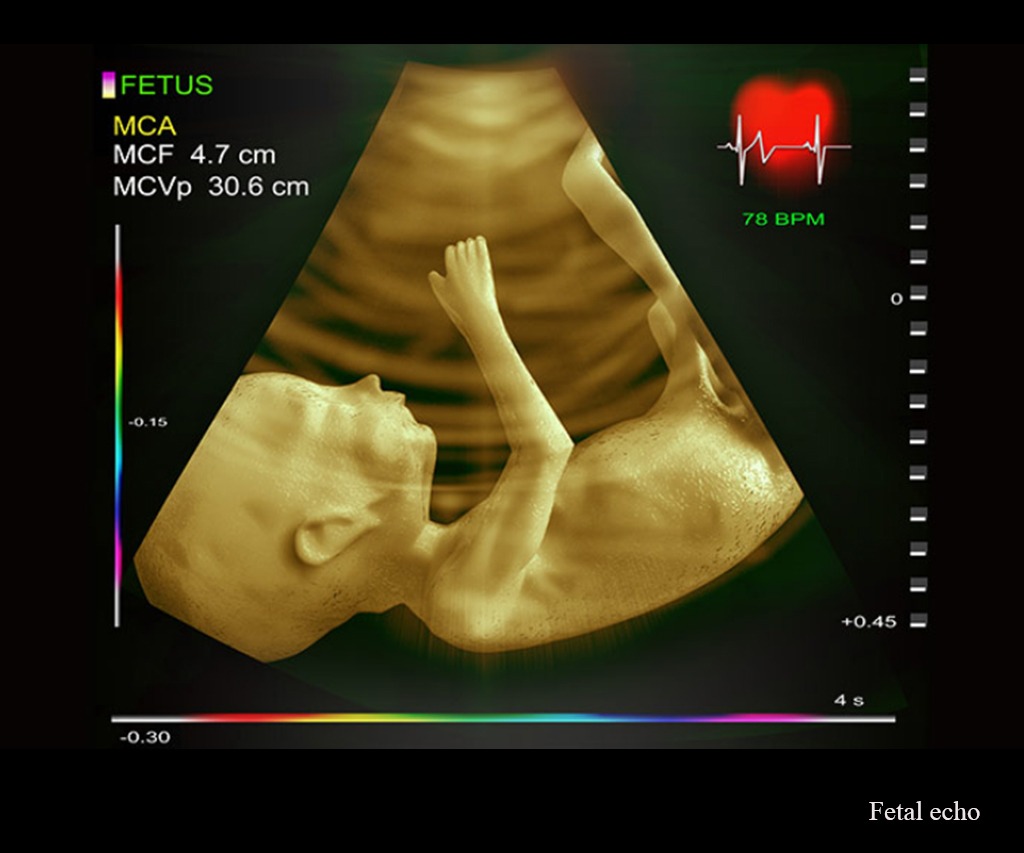Advancements in medical technology continually reshape how we diagnose and treat pediatric heart conditions. Over the years, I have seen how these innovations can make a profound difference in the lives of children—with more accurate diagnoses, less invasive procedures, and better outcomes. What excites me most is witnessing the evolution from traditional imaging techniques to cutting-edge tools like 3D imaging and beyond.
The Evolution of Cardiac Diagnostics
Decades ago, our primary tools for diagnosing heart defects in children were 2D echocardiograms. While invaluable, these standard ultrasounds sometimes limited our view of the complex structures within tiny hearts. Diagnosing intricate congenital abnormalities was often challenging, and planning interventions could be like solving a puzzle without all the pieces.
But times changed rapidly. Today, technological innovations have dramatically expanded our capabilities, enhancing precision and safety for our young patients.
The Power of 3D Imaging
One of the most revolutionary developments I’ve seen is 3D echocardiography. This technology allows us to obtain detailed, real-time three-dimensional images of the heart, giving us an almost lifelike view of its structure. I vividly remember a young girl, Aaradhya, whose complex heart defect was difficult to visualize with traditional methods. Using 3D imaging, we could see her heart’s anatomy from multiple angles, revealing subtle details that would have been missed otherwise.
The benefits are immense. With 3D imaging, we can better assess the size and position of defects like septal holes or malformed valves. It also aids in surgical planning, helping surgeons develop a precise roadmap before they even step into the operating room. This means fewer surprises during procedures, less anesthesia time, and quicker recoveries for children.
Other Advanced Tools Making a Difference
Beyond 3D imaging, we now utilize 4D echocardiography, which adds the element of time—allowing us to see the heart’s function in motion. Cardiac MRI provides detailed soft tissue images without radiation exposure, useful in complex cases. Meanwhile, cardiac CT scans offer rapid, highly detailed images in emergencies or for structures difficult to visualize with ultrasound.
Impact on Patient Care
These innovations have transformed patient care. Earlier and more accurate diagnoses often mean less invasive procedures. Take the case of little Rahul, who was diagnosed with a rare vascular anomaly early thanks to advanced imaging. We could plan a minimally invasive procedure tailored precisely to his anatomy, and he recovered swiftly, returning to his playful self sooner than we expected.
And the story continues—each technological leap opens the door to safer, more effective treatments.
Looking Ahead
The future of pediatric cardiology is promising. Emerging technologies like artificial intelligence, virtual reality for surgical rehearsal, and even gene-based therapies are on the horizon. These advancements will further refine our ability to diagnose, treat, and possibly prevent some heart defects altogether.
Final Words
As a doctor dedicated to this field, I believe that embracing innovation is essential in providing our little patients with the best possible care. Children deserve the most accurate diagnoses and least invasive options, and with these new tools, we are better equipped than ever to meet those needs. Continued research and technological progress will keep pushing the boundaries of what we can achieve in pediatric heart health—making a healthier future for every child a real possibility.



Add a Comment